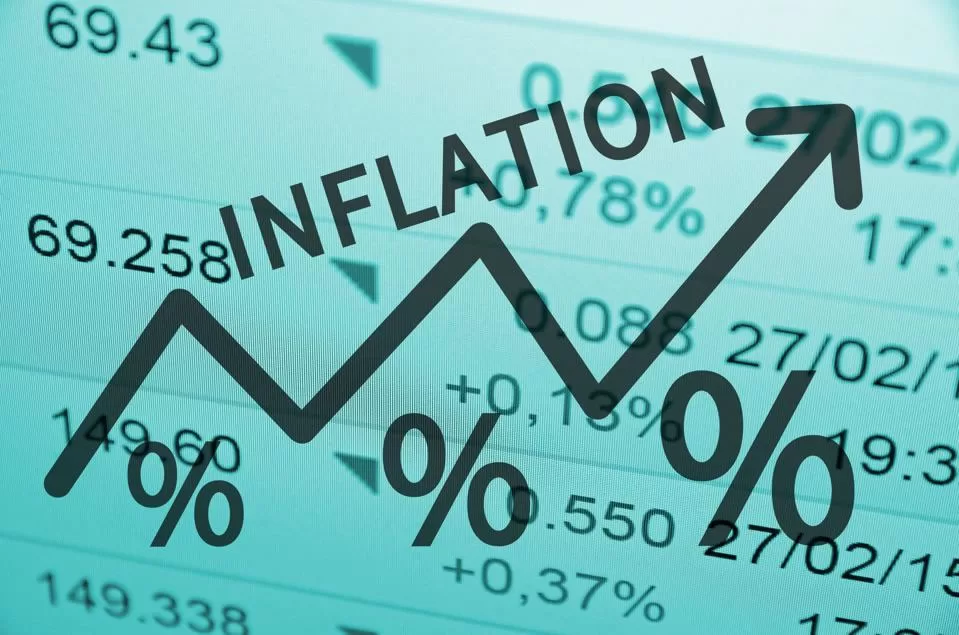Debunking the Immigration-Inflation Link: Unraveling the Complexity Behind Recent Claims
Numerous voices have contended that the surge in both legal and illegal immigration is a key factor in cooling inflation by exerting downward pressure on wages. A Yahoo Finance article from January 15, 2024, confidently asserts that immigration has already significantly contributed to reducing consumer price growth. The Wall Street Journal echoed this sentiment late last year, suggesting that immigration eases labour shortages and alleviates wage and price pressures. Strikingly, advocates who once downplayed the impact of immigration on wages have now reversed their stance, championing increased immigration as a remedy for lowering both wages and prices over the past two years.
However, amidst these claims, one critical aspect is noticeably absent—the quantification of the impact on prices. This omission may be due to the mathematical reality that the effect of recent immigration on prices is likely minimal.
Analyzing the data reveals that immigration has augmented the workforce by about 2.07 per cent (3.3 million workers) through the fourth quarter of 2023. This increase accounts for the total number of workers who entered in 2020 or later based on the Current Population Survey. Despite this sizeable influx, it is challenging to fathom how such an increase in the labour supply could have made a substantial dent in consumer prices by driving down wages.
A rough estimate of recent immigration’s impact on wages, assuming an elasticity of 0.3 (where each 1 per cent increase in the supply of workers reduces wages by 0.3 per cent), suggests a potential overall wage reduction of 0.62 per cent. Factoring in labour’s 60 per cent share of GDP, this translates to a mere 0.37 per cent reduction in consumer prices.
However, this estimate comes with numerous caveats. It oversimplifies the complex responses of firms to immigrant labour, assumes all wage savings are passed on to consumers, and neglects the inflationary impact of increased demand for goods and services from the added immigrant population.
Examining the linked Excel sheet reveals that occupations experiencing a surge in immigrant labour tend to be lower-paying. Yet, these jobs constitute only a small fraction of overall wages in the U.S. economy. This raises questions about the wisdom of using immigration to lower the wages of the most economically vulnerable workers.
In a more nuanced assessment, accounting for each occupation’s share of all wages and salaries paid, the increase in labour supply from recent immigration would theoretically reduce consumer prices by just 0.32 percent—a figure even lower than the earlier estimate.
Despite these considerations, when scrutinizing the data, the notion that recent immigration significantly impacted inflation by reducing wages appears implausible. The increase in the labour supply is too modest, and the affected sectors of the economy, where immigration has had the most substantial impact, are predominantly low-paying, diminishing their overall influence on prices.













